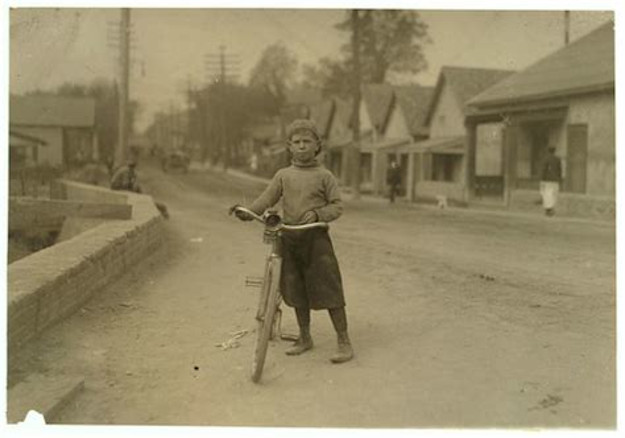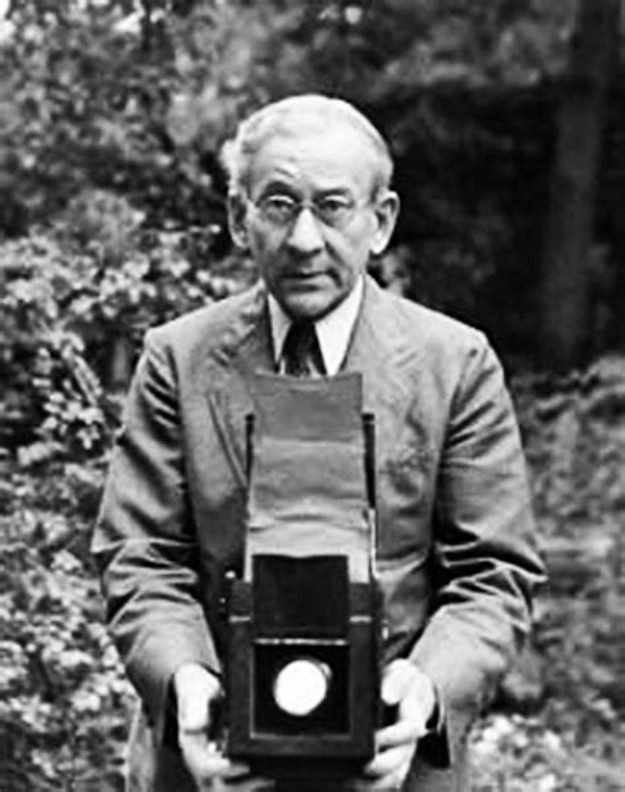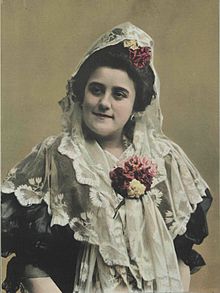What have you thought when reading the title of this post: The Goonies? You have probably thought about adventure, freedom, friendliness, risks and nostalgia. The Goonies was an iconic movie in the 80’s which marked a whole generation with other materials by George Lucas, John Carpenter or Stephen King. The four friends plus a three-people group of teenagers faced an impressive quest: To find a treasure of gold and diamonds which was hidden by the pirate One-Eyed Willy. The magical quest starts and finishes with bikes as powerful symbols. Remember some other movies from the 80’s such as E.T. the Extra-Terrestrial, It or BMX Bandits.
Nostalgia is also powerful since we can say that The Goonies is the seed of the series Stranger Things. Besides, nostalgia made Youngbuck to create an internet forum called BMX Musem (https://bmxmuseum.com/) in which he wants to get the necessary accessory to build the four bicycles that appear in The Goonies like the fabulous Wester Flyer Invader Mag of Mickey.
The Goonies, E.T. the Extra-Terrestrial, BMX Bandits and some other movies from past decades in which actors and actresses move by pedaling are impossible to make because of cities which have made compulsory bike helmet no matter the biker age. Most of urban bikers have learnt riding a bike without wearing it. Most of us do not pedal like mad people and respect other actors in street, specially the pedestrians. Besides, making it mandatory reduces the number of cyclists as were the cases of Australia and New Zealand. Moreover, in a crash between a bike and a car, the decisive factor in determining whether or not the biker dyes is not the helmet, but the car speed. Numerous studies demonstrate that if the car speed is above 50 km/h (31 mph), most of the time the cyclist dyes. Thus, authorities should focus on preventing too fast cars by using radars, speed bumps or winding car line designs.





